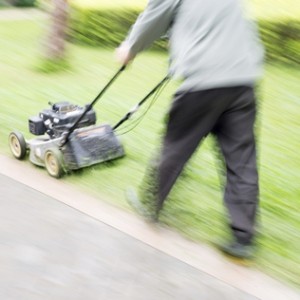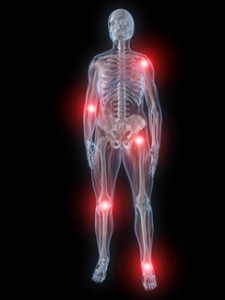 April is Stress Awareness Month, and we want to share some ways to ease your load if you’re stressed, and shine light on the importance of positive thinking. Research shows that nearly half of adults suffer from adverse health effects due to stress, including physical, mental, and emotional problems. If you struggle with stress, here are some things to think about and put into practice this month.
April is Stress Awareness Month, and we want to share some ways to ease your load if you’re stressed, and shine light on the importance of positive thinking. Research shows that nearly half of adults suffer from adverse health effects due to stress, including physical, mental, and emotional problems. If you struggle with stress, here are some things to think about and put into practice this month.
Take Control of Your Thoughts
We all experience stress to some extent, whether it’s worrying about finances, job issues, the future, you name it, we all can worry about something or other. For many people, stress is a cycle that can cause severe depression or worse – but there is help. You can gain control of stress by taking your thoughts captive. If you allow yourself to think one negative thought, you could easily find yourself in a bad mood for days. On the other hand, if you focus on positive things and stay confident, you’ll quickly find yourself in a great mood. Thoughts are a very important part in staying away from stress, so keep a positive attitude, smile, stay in control of your thoughts, turn on some upbeat music, and get back to work!
Keep Calm and Carry On
Stressing won’t add another day to your life. In fact, it could even decrease your lifespan. Stressing can cause sleeping disorders, loss of energy, and weight issues, among a long list of other things. Mitchell Moffitt, co-creator of the popular YouTube series ASAPScience put it this way, “There are a lot of harmful effects that come with stress, and without proper care and release, it can definitely lead to deteriorating mental and physical conditions.”
This April, practice stress management by reducing negative thinking to gain control of your thoughts and focus on positive things. By mastering this area of your life, all the other details will fall into place easier.
The following are a few ways to help manage stress:
- Develop a strong social support system in the workplace. A co-worker, supervisor, or other ally who is available to talk through problems can help put things in perspective and minimize stress.
- Take a break to avoid “burnout.” Even something as brief as walking around the building or up and down a hall can help clear your head and distance you from stressors, enabling you to return to the job with a fresh outlook.
- Set realistic expectations for the amount of work you can complete in the time you have available. Do not attempt to take on more than you can reasonably handle.
- Recognize you are not perfect and every minor detail in your work will not be perfect either.
- Try to remain organized and keep your work area free of clutter.
- Avoid negativity and negative people, and try to maintain a positive attitude about your work and your co-workers.
What do you do to ease stress? Let us know in the comments section below. And let us know what triggers your stress by voting in our monthly poll.
Movin’ On Up is brought to you by Express Employment Professionals.





